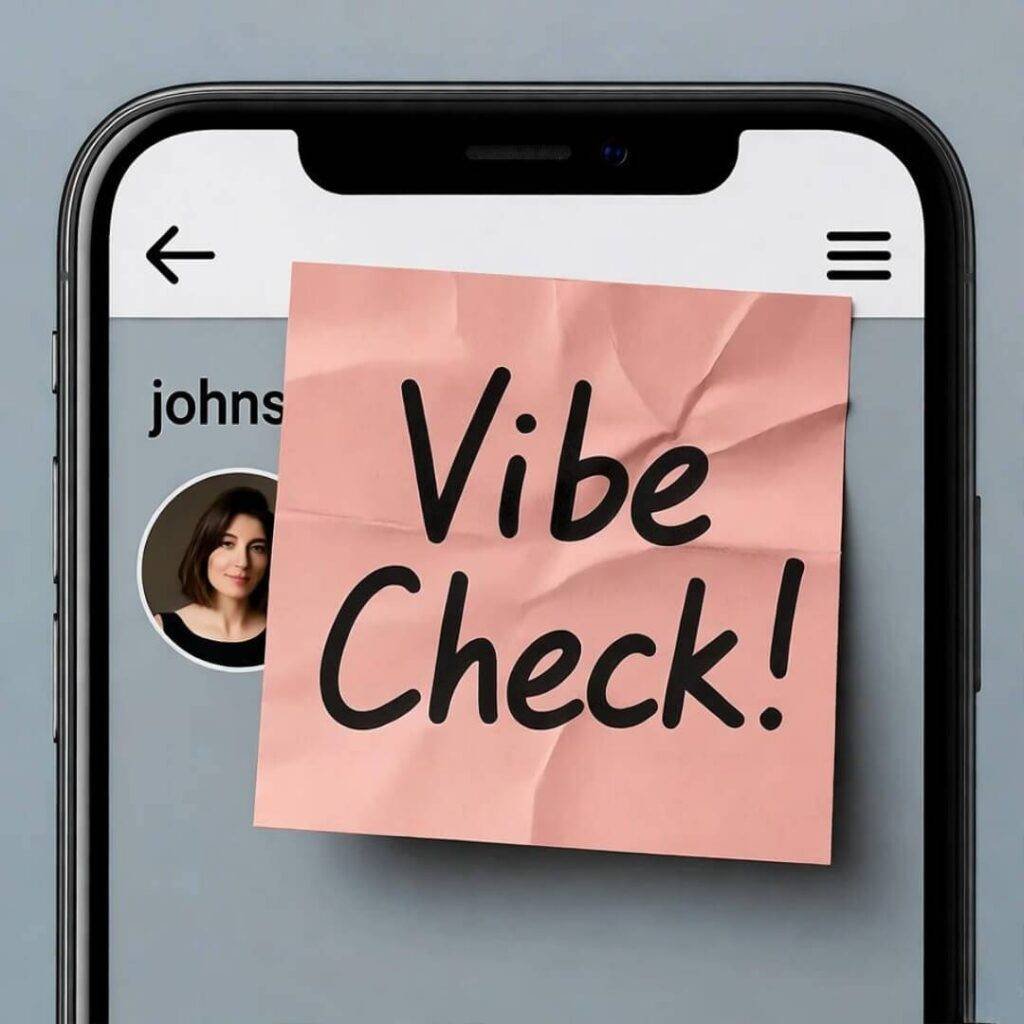So, influencer strategy—ugh, those words make me cringe a bit. I’m sitting in my tiny Bronx apartment, the radiator hissing like it’s judging me, and I can still smell the burnt popcorn I tried to make last night. My first stab at an influencer strategy was a hot mess. Like, I thought I could just DM some random Instagrammer, send ‘em a free candle, and—bam!—my Etsy shop would be poppin’. Yeah, no. My dog, Taco, got more likes for chewing my slipper in a Story than my actual campaign. But after some epic flops and a few wins, I’ve got a sorta-decent guide to building a winning influencer strategy. Let’s dive in, mistakes and all.
The US influencer scene is like a 24/7 reality show—loud, wild, and kinda overwhelming. I learned influencer marketing ain’t just about big follower counts. It’s about finding the right people, the right vibe, and not looking like a total noob when you reach out. Here’s my raw, slightly embarrassing take, straight from my coffee-stained brain.
Why I Totally Missed the Mark on Influencer Strategy
So, I was at this diner in Harlem last weekend, chowing down on waffles that were honestly too soggy, scrolling through X, and I saw this influencer with like 30K followers just nailing a brand collab. Their post felt like they were legit talking to me. That’s when it hit—influencer strategy is about realness, not just numbers. My first try? I teamed up with this fitness chick with 70K followers, but her fans didn’t care about my handmade mugs. Total fail. I was out $300 and felt like I’d just tossed my cash into a subway grate.
Here’s what I learned:
- Be real. People can smell inauthentic vibes from miles away.
- Match the influencer to your audience. Selling eco stuff? Don’t pick a meat-lover influencer.
- Engagement > followers. Check their comments, not just likes.
Oh, and don’t do what I did—sent a DM like, “Hey, ur cool, wanna collab?” and got ghosted. So embarassing.

Step 1: Figure Out What You’re Even Trying to Do
Real talk: you can’t just jump into influencer campaigns without a plan. I learned this after bombing my first one for my mug side hustle. I was at a bodega in Bushwick, eating a questionable bacon-egg-and-cheese, when I realized I had no idea what I wanted. More sales? Followers? I was like, “Uh, go viral, maybe?” and got nada. Now I’m a bit smarter, I think.
Here’s how to not mess it up:
- Get clear. Want more site clicks? Brand hype? Write it down.
- Make it trackable. I aim for stuff like “100 new site visitors” or “5% sales bump.”
- Know your crowd. My mugs are for artsy millennials, so I target influencers who vibe with that.
HubSpot’s guide on marketing goals helped me stop flailing around like a lost tourist in Times Square.
Step 2: Pick Influencers Who Actually Fit (Not Like My First Pick)
Finding the right influencers is like picking a bar to hang at—you don’t just go for the flashiest one. I once partnered with this beauty influencer in Chicago. Her feed? Stunning. Her engagement? Dead. I was so dazzled I didn’t check her stats. Last night, sitting on my fire escape scrolling X posts about brand partnerships, I realized I gotta do better research.
My checklist now:
- Use tools like HypeAuditor. It spots fake followers like a pro. HypeAuditor is my new bestie.
- Check their content. Do their posts feel like they’d use your product? If not, swipe left.
- Micro-influencers are where it’s at. A 12K-follower crafty mom got me more sales than a 80K-follower fitness dude.

Step 3: Don’t Send a Lame Pitch Like I Did
Oh man, my first pitch was a disaster. I sent this long, rambly email from my kitchen, Taco barking at nothing, and it was basically, “Plz post about my mugs, I’m begging.” No reply, obviously. I wanted to hide under my couch. Now I know a good pitch is like texting a friend—short, real, and not desperate.
How to pitch without looking dumb:
- Make it personal. Mention a post you liked. I once commented on an influencer’s dog pic, and they replied in like 10 minutes.
- Be clear. Free stuff? Money? Spell it out.
- Keep it short. Nobody’s got time for your essay. I aim for 100 words, max.
Later’s pitch template is a lifesaver. It’s like a cheat sheet for not being a dork.
Step 4: Let Them Do Their Thing (My Big Lightbulb Moment)
I used to be such a control freak. I’d send influencers a script like, “Say this exactly!” and they’d either ignore me or post something that felt faker than my cousin’s Rolex. Last week, I was at a dive bar in the Lower East Side, sipping a flat soda, when I saw an influencer’s Story that was so natural it made me buy the product. That’s when I got it: let influencers do their magic. They know their fans better than me.
My collab tips:
- Give creative freedom. Share your brand’s vibe, but let them tell the story.
- Keep comms tight. I use Google Docs to avoid email chaos.
- Build a real bond. I follow influencers on X and comment on their posts to get friendly before pitching.

Step 5: Track Your Stuff or You’re Just Guessing
Confession: I used to launch social media collabs and just… pray. No tracking, no data, just vibes. Big mistake. I was grabbing a bagel in Soho yesterday, staring at my Google Analytics, and realized I was missing so much. Now I’m all about checking what works.
Here’s what I do:
- Use UTM links. Stick a unique link on every post to track clicks. Google’s URL Builder is free and easy.
- Check engagement. Likes, comments, shares—see what’s hitting.
- Ask influencers. They know why a post flopped or flew. I DM them after for the tea.
Wrapping Up: My Influencer Strategy’s Still Kinda Messy
Look, building a winning influencer strategy isn’t some perfect art. It’s chaotic, it’s humbling, and sometimes it’s me stress-eating chips because a campaign tanked. But I’m getting there—more sales, real followers, less bots. My advice? Start small, be real, and don’t sweat the flops. Try hitting up one micro-influencer this week with a short, honest pitch. You got this, I think.












































